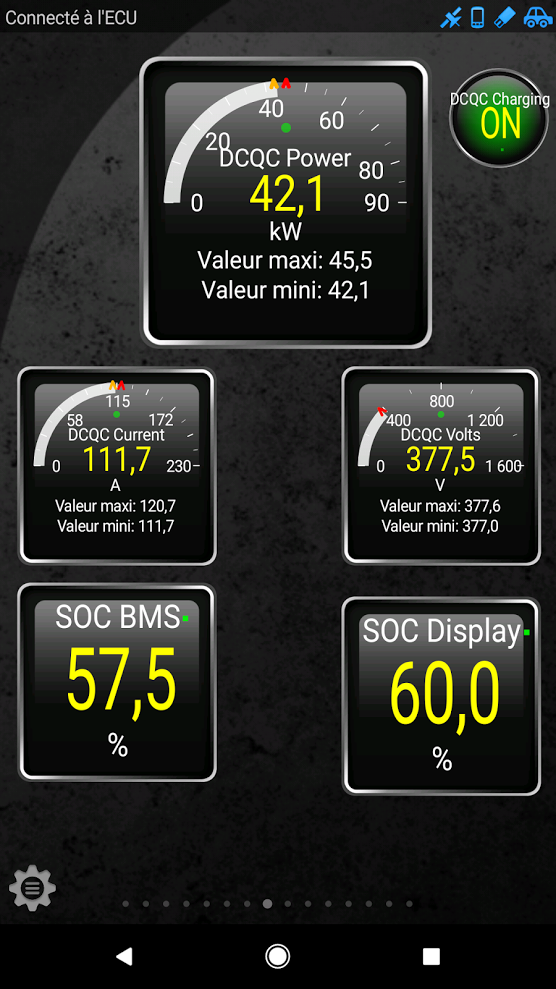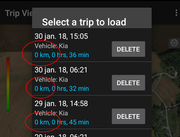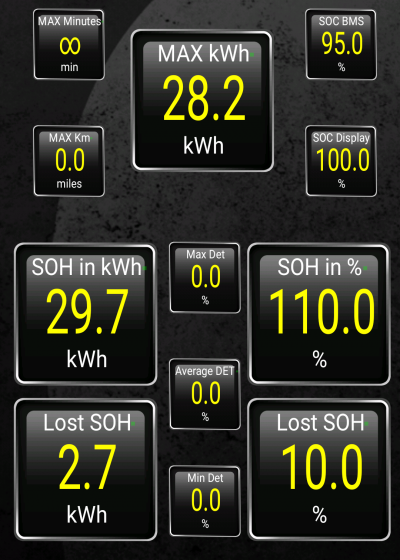.
Unfortunately it seems that only members can see pictures from elbilforum.no ...
Regarding strategies for 12V charging, one must keep in mind that lead-acid batteries in general have a resting voltage of 12.8V when fully charged, and should then not be held at 14V+ for prolonged times. When they are full, only a floating voltage (typically around 13.0-13.5V) should be applied. This is probably what we see in our cars.
But there may be tradeoffs done in the implementation, because the DCDC can't know exactly how much current goes into the battery (to my knowledge there is no current sensor on the 12V battery), and how much is drawn by the 12V loads.
On the other hand, most major loads are known to the system so they should be able to compute a reasonable value for the 12V current.
I have checked a lot of my saved logs from the nightly charging (2kW). There seems to be at least two strategies for charging the 12V battery. Most common is for the DCDC to start at 14.5V and go to float at 13.2V after one hour. Approximately once a week it starts at 14.5V and goes to 13.6V float after 3 hours. The voltage on the battery is then 13.0V and 13.4V respectively, due to 0.2V drop from DCDC output.
Unfortunately it seems that only members can see pictures from elbilforum.no ...
Regarding strategies for 12V charging, one must keep in mind that lead-acid batteries in general have a resting voltage of 12.8V when fully charged, and should then not be held at 14V+ for prolonged times. When they are full, only a floating voltage (typically around 13.0-13.5V) should be applied. This is probably what we see in our cars.
But there may be tradeoffs done in the implementation, because the DCDC can't know exactly how much current goes into the battery (to my knowledge there is no current sensor on the 12V battery), and how much is drawn by the 12V loads.
On the other hand, most major loads are known to the system so they should be able to compute a reasonable value for the 12V current.
I have checked a lot of my saved logs from the nightly charging (2kW). There seems to be at least two strategies for charging the 12V battery. Most common is for the DCDC to start at 14.5V and go to float at 13.2V after one hour. Approximately once a week it starts at 14.5V and goes to 13.6V float after 3 hours. The voltage on the battery is then 13.0V and 13.4V respectively, due to 0.2V drop from DCDC output.
















































